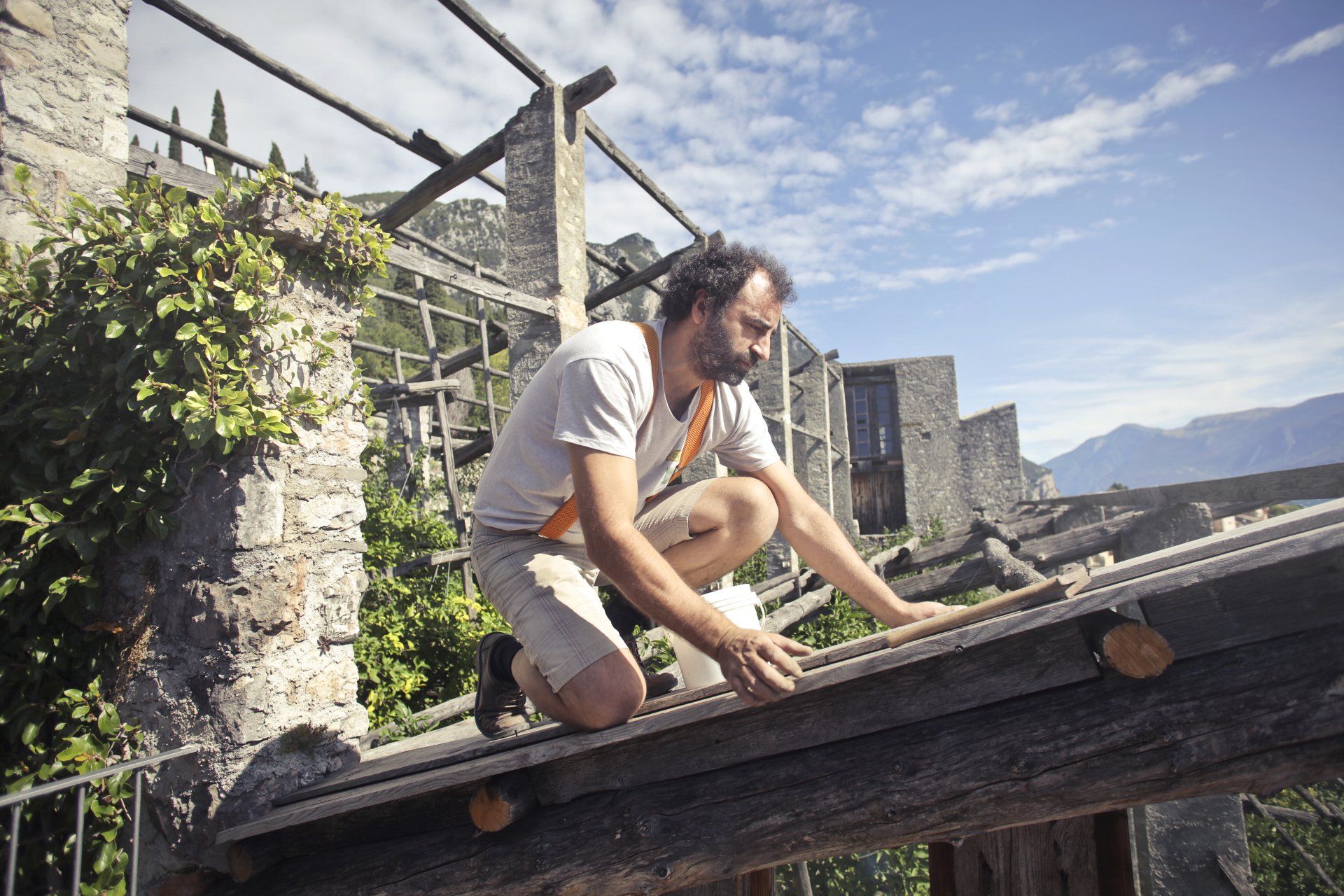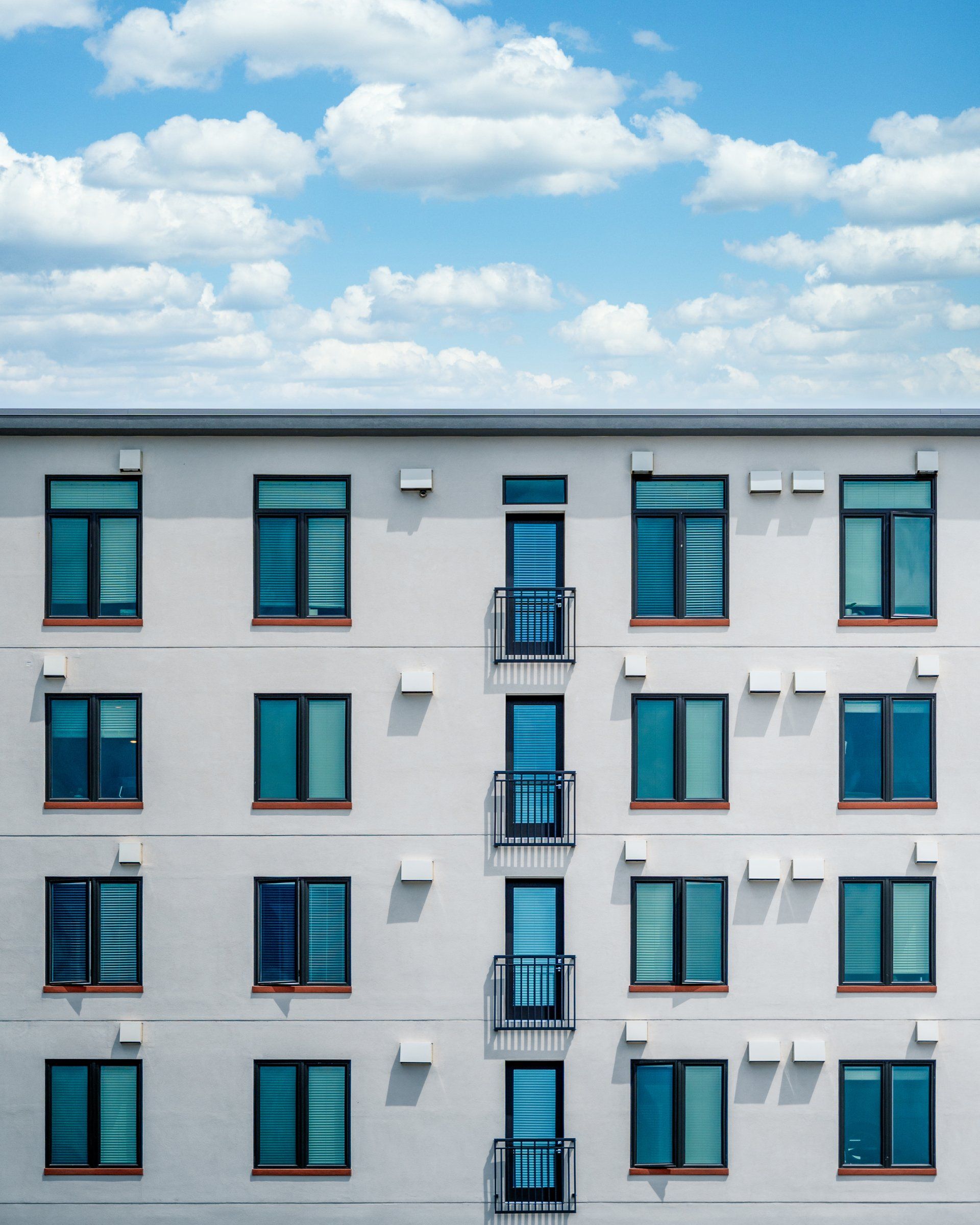Blog
How to File a Claim for Roofing Insurance?
Your home's roof is frequently its first line of protection against the elements, but severe weather, such as hurricanes, tornadoes, and hail, can cause leaks, water damage, and structural damage. You may need to file a homeowners insurance claim to swiftly, safely, and effectively repair roof damage.
Decades of homeowner surveys have revealed that homeowners considering roofing repairs/replacements are more anxious than those pursuing any other project. We've designed the below resources to assist you in feeling as knowledgeable and in charge of this process as possible.
Here, we will help you handle insurance claims, contractors, and the restoration process.
Prior to Communicating with Your Homeowners Insurance
Before contacting your insurance agent, carefully document the roof damage. Take numerous photographs of the interior and exterior of your home and make extensive notes. If the damage was the result of a storm, record the time and date.
If hail caused the damage, it is prudent to measure the size of the hail with a measuring tape. Before calling your insurance company, you should fortify your home against further harm after recording the damage.
Coverage Types for Homeowners Insurance
There are typically four primary types of coverage for homeowners insurance:
Homeowners Insurance
This safeguards your home's structure, including your windows, garage, and built-in appliances such as your water heater and HVAC system. This coverage may assist pay for the reconstruction or repair of your home's physical structure if it is destroyed or damaged by a natural disaster, theft, or vandalism.
Individual Property Insurance
This includes your household furnishings, clothing, electronics, jewelry, and kitchen appliances. In the case of a covered loss, such as theft or fire, this sort of coverage may assist secure your things.
Liability Coverage
This coverage assists if someone is harmed on your property, such as from a dog bite or a fall from a ladder.
Insurance for Additional Living Expenses
This helps cover interim housing costs if your home becomes uninhabitable after an occurrence.
On the declarations page of your homeowner's insurance policy, you can read how these coverages safeguard you and your property. Your declaration page will include both your personal information and the specifics of your coverage.
What is typically covered by home insurance?
And What Doesn't?
Standard homeowner's insurance policies, according to the Insurance Information Institute, cover a wide range of potential calamities, including tornadoes, lightning strikes, fire, wind, hail, and falling items. However, it is crucial to realize that your policy does not cover all natural calamities.
Like many other insurers, they emphasize that flood and earthquake damage are often not covered by a homeowner's insurance policy. However, they are frequently accessible via extra policies. Check with your insurance carrier to see if these safeguards are included.
Normal wear and tear on your home, as well as damage caused by a lack of care, mold, termite, or other pest infestation, are typically not covered.

Roofing Vancouver Quote




